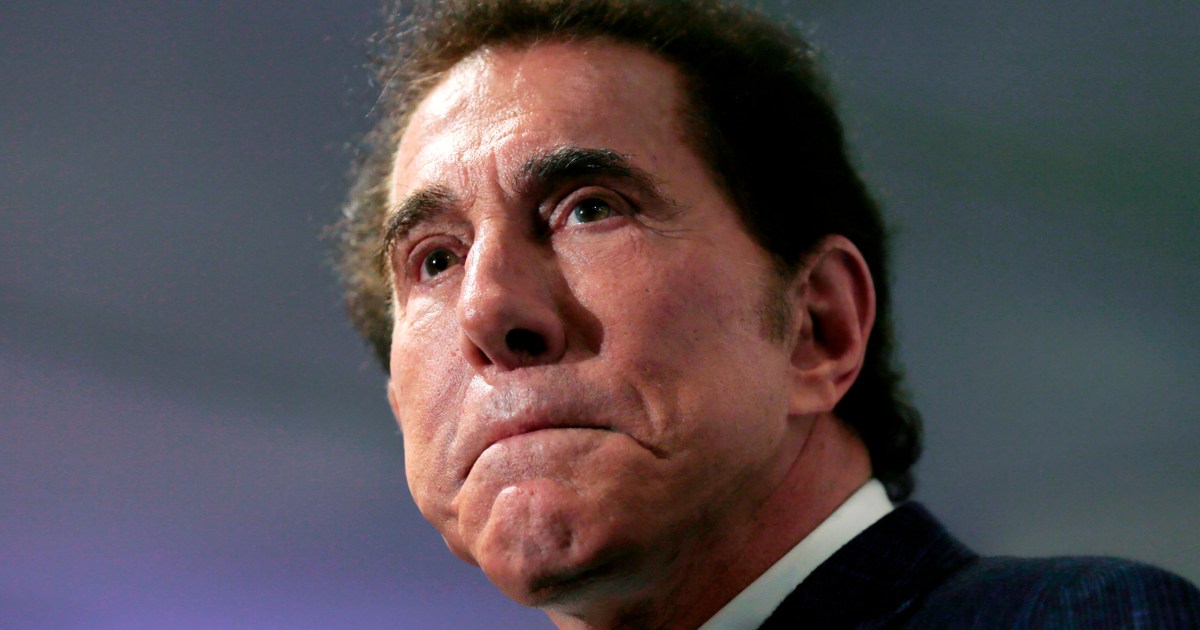Key takeaways:
- The U.S. Supreme Court declined to hear Steve Wynn’s case challenging the 1964 New York Times v. Sullivan decision, which requires public figures to prove “actual malice” in defamation lawsuits.
- Wynn’s legal action aimed to lower the threshold for public figures to pursue defamation claims, but the court’s decision maintains the existing standard, preserving media protections under the First Amendment.
- The court’s refusal to revisit the Sullivan ruling highlights its enduring influence on defamation law and reaffirms the “actual malice” standard for public figures, despite ongoing debates about free speech and reputation rights.
The United States Supreme Court has declined to hear a case brought by Steve Wynn, a former casino magnate and prominent donor to political causes, which sought to challenge a significant precedent in defamation law. The case in question involved the 1964 Supreme Court decision in New York Times v. Sullivan, which established that public figures must demonstrate “actual malice” to succeed in defamation lawsuits. This standard requires proof that a defendant knowingly made false statements or acted with reckless disregard for the truth.
Wynn’s legal action was part of a broader effort to revisit the protections afforded to news organizations under the First Amendment. His request to the Supreme Court aimed to lower the threshold for public figures to pursue defamation claims, potentially altering the landscape of media law. However, the court’s decision to decline the case leaves the existing standard intact, maintaining the higher burden of proof for public figures seeking to claim defamation.
The decision not to take up Wynn’s case comes amid ongoing discussions about the balance between free speech and the rights of individuals to protect their reputations. Notably, former President Donald Trump has expressed skepticism about current libel laws, and two conservative justices, Clarence Thomas and Neil Gorsuch, have suggested they might be open to revisiting the Sullivan ruling. Despite these viewpoints, the court’s refusal to hear the case signals a continued adherence to the precedent set nearly six decades ago.
This development underscores the enduring influence of the New York Times v. Sullivan decision in shaping the legal framework for defamation cases involving public figures. By declining to reconsider the ruling, the Supreme Court has reaffirmed the protections for news organizations against defamation claims, ensuring that the standard of “actual malice” remains a critical component of First Amendment jurisprudence.



Be First to Comment